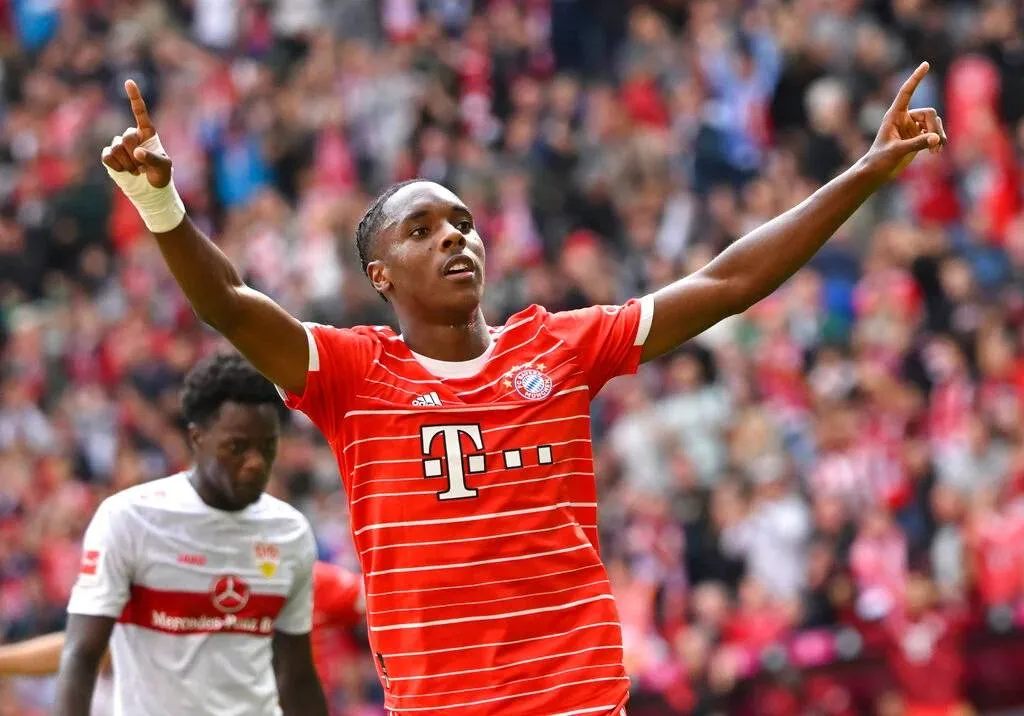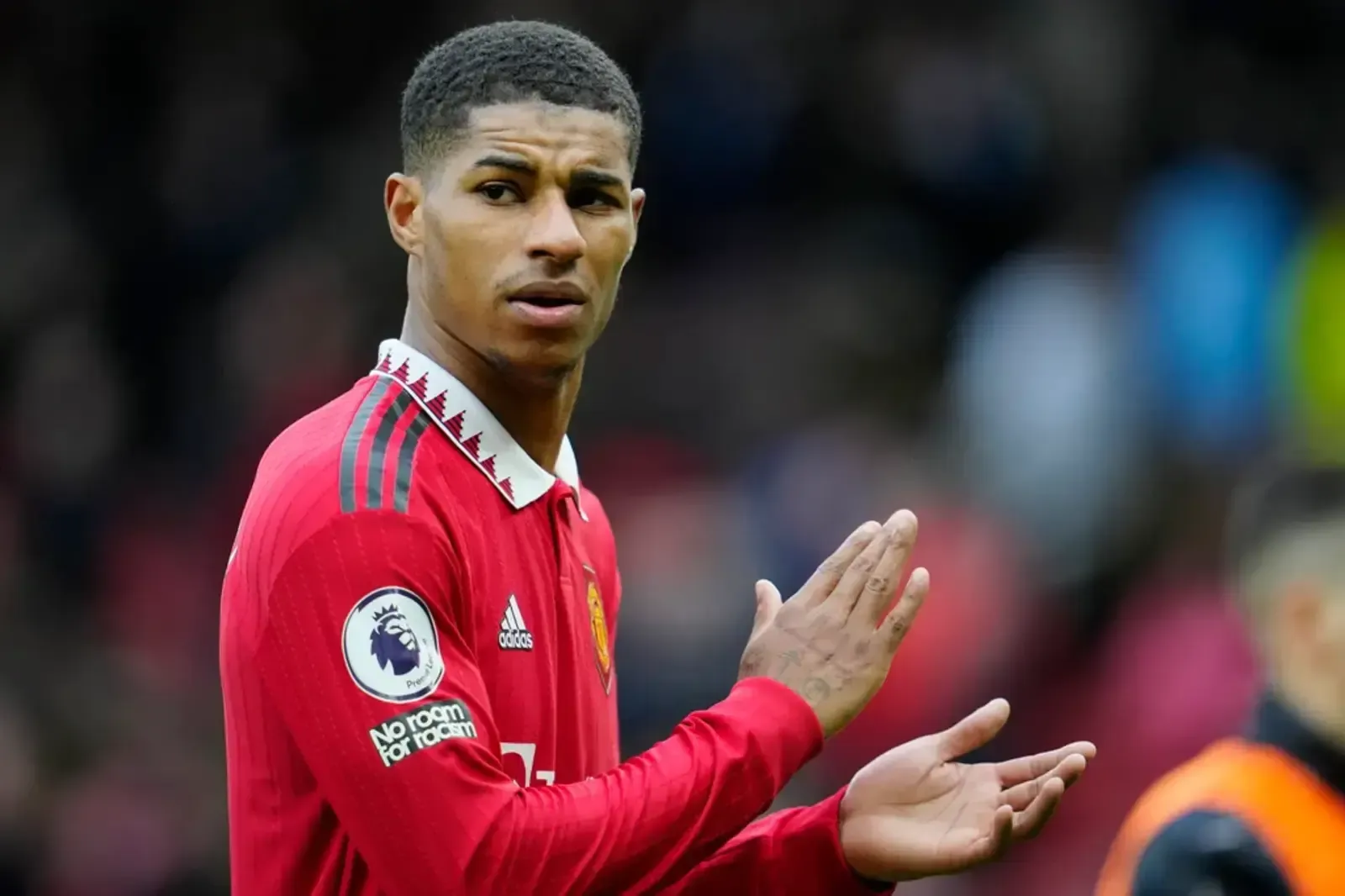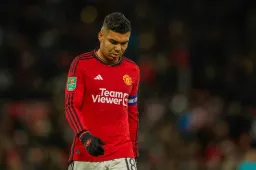Keane blasts Amorim's decision over Dorgu calling it 'unfair'
NewsSaturday, 08 February 2025 at 14:06

Roy Keane has criticized Ruben Amorim’s decision to deploy new signing Patrick Dorgu at right wing-back in Manchester United’s FA Cup clash against Leicester City.
Dorgu, who arrived from Lecce in a £25.2 million deal plus add-ons, was expected to be a solution for United’s issues at left wing-back.
However, eyebrows were raised when he was surprisingly positioned on the right. Amorim defended the tactical choice, insisting that Dorgu is comfortable on both flanks—but Keane wasn’t convinced.
Speaking on ITV’s coverage, the former United captain fumed: "There is a lack of belief, lack of confidence. They've brought new players in, you're thinking he's [Dorgu] going to play in his position and he's playing right wing-back.
Read also
"You think, is that unfair on players? And you look at the urgency for the goal [Leicester opener], it's given away cheaply, people not staying with their runners. I just look at it from United's point of view and think, my goodness, is this what it's come to?"
To make matters worse, Dorgu was subbed off at halftime—just minutes after Keane’s outburst.
However, the second-half introductions of Alejandro Garnacho and Joshua Zirkzee, who equalized, sparked a turnaround, culminating in Harry Maguire’s controversial late winner.
Amorim Defends Tactical Call
After the match, Amorim stood by his decision, explaining that Dorgu’s versatility made him a viable option on the right. The Portuguese manager said: "He played a lot of times for Lecce on the right and the left. That’s one of the characteristics we pay a lot of attention to.
Read also
"He was a little bit anxious with the first touch of the ball. This is a different league for him, a different speed of the game, but he did well. He has pace, he has strength, and he is going to improve a lot."
Amorim also stressed the importance of positional flexibility, referencing Diogo Dalot’s ability to switch flanks: "If you look at Dorgu’s history, he played a lot of games on the right for his last team.
"We need full-backs who can play both sides, just like Dalot. Sometimes you need a left-footed player on the right to connect inside differently, and other times, a right-footer to provide more crosses. That’s what we were trying to do."
Popular News
Loading



